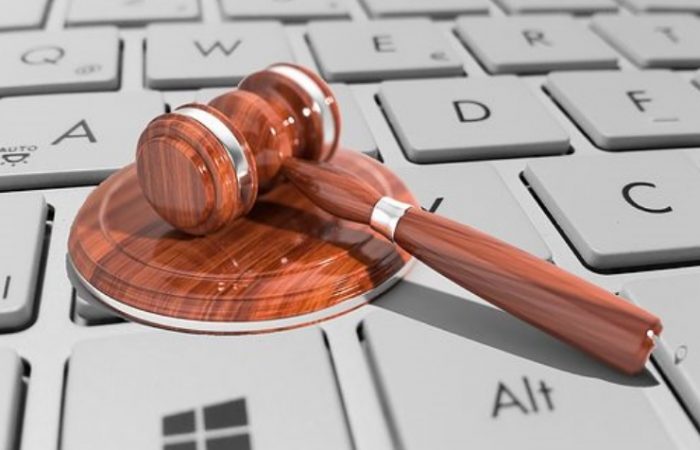As we know today, computer systems play a very vital role in all aspects of human life, and as a result, computer crimes are expanding day by day, this space has the potential to commit most crimes, and this has led the judiciary to prevent Take special measures against these crimes.
Cybercrime generally refers to crimes that are somehow related to e-commerce and the connection between the crime and the victim is done through an Internet network. In cyber fraud, the scammer must seize the money by entering, modifying or erasing the data or disrupting the system and so on. In other words, to gain property or profit by fraudulent use of the computer.
Computer scams and traditional scams
Traditional fraud means that the scammer uses fraudulent means to deceive the loser and take his property. Deception is in fact the negligence and ignorance of the owner, so it is necessary that the lost property is not aware of the fraudulent means and is really deceived.
There must also be a direct link between resorting to fraudulent means and being deceived by lost property. Of course, the scammer must have malicious intent and steal someone else’s property in order to benefit himself or the person in question. It should be noted that fraud is a restricted crime and in order to achieve it, it is necessary to achieve results.
But in internet fraud, the scammer must seize property or money by entering, changing or erasing data or disrupting the system, and so on. It may even be done without the victim’s knowledge.
There is a difference between traditional fraud and computer fraud in the context of committing these crimes, as well as differences in the means of committing the crime. In other words, in traditional fraud, this person is deceived by using fraudulent means and his property is lost, but in internet fraud, it is not the person who is involved, but the fraudulent use of the computer.
The material element of cyber fraud is data entry, data modification, data erasure, data creation, data interruption and system disruption. Of course, these are allegorical examples, and other examples may be subject to this rule in practice.
Regarding the spiritual element of this crime, we can intentionally point out in the physical behavior of science that the action is unauthorized and the intention to obtain the result, which means that a person steals money from another without knowing that he has a right to it.
Cases of computer fraud
The legislator has dealt with the issue of cyber fraud in Articles 13 of the Computer Crimes Law adopted in 2009 and Article 67 of the Electronic Commerce Law adopted in 2003. In these legal articles, examples of computer fraud are mentioned, the examples of which are as follows:
Article 13 of the Computer Crimes Law adopted in 2009 is equal to Article 741 of the Law on Penalties: “If he obtains benefits or services or financial benefits for himself or another, in addition to rejecting the property to its owner, he will be sentenced to imprisonment for one to five years or a fine of twenty million rials or both.”
Article 67 of the Electronic Commerce Law adopted in 2003: “Anyone in the context of electronic transactions with the misuse or unauthorized use of data, messages, programs and computer systems and means of telecommunications and committing acts such as entering, deleting, stopping Message data, interfering with the operation of a program or computer system, etc., deceives others or causes them to mislead automated processing systems and the like, thereby acquiring funds for themselves or others and taking away other people’s property. “In addition to confiscating property, property owners will be sentenced to one to three years in prison and pay the equivalent fine.”
As you can see, the legislature has exemplified the behaviors by which cybercrime is committed, as follows:
1. Login: Login means entering information in the computer for processing. For example, entering information into the computer system of banks and financial and credit institutions and depositing or transferring funds to your account and others.
2. Blurring: Blurring means deleting and deleting data and information. For example, someone with access to banking information can destroy their debt documents in the bank.
3. Creation: Creation means creating information that did not exist. For example, someone illegally enters their information into a traffic plan system.
4. Stopping: Stopping means interrupting and interrupting the flow of access to information. For example, when transferring money, someone interrupts the flow of access and interrupts the time when money is being transferred to another account.
5- Disrupting the system: The purpose of disrupting the system is to cause unauthorized disruption in the work of the computer system and gain benefit for itself in the interval when the disruption has occurred.
The above are all examples of cyber fraud. If the criminal behavior is consistent with any of the above, the crime of computer fraud has occurred.
Reference and how to file a complaint of Internet fraud
The first thing to do in the face of computer fraud is to go to a computer crime court. The prosecutor’s office has the task of investigating crimes committed in cyberspace and computers. After the case is filed and the case is processed, the prosecutor will refer it to the FATA police for further investigation.
FATA police duty





